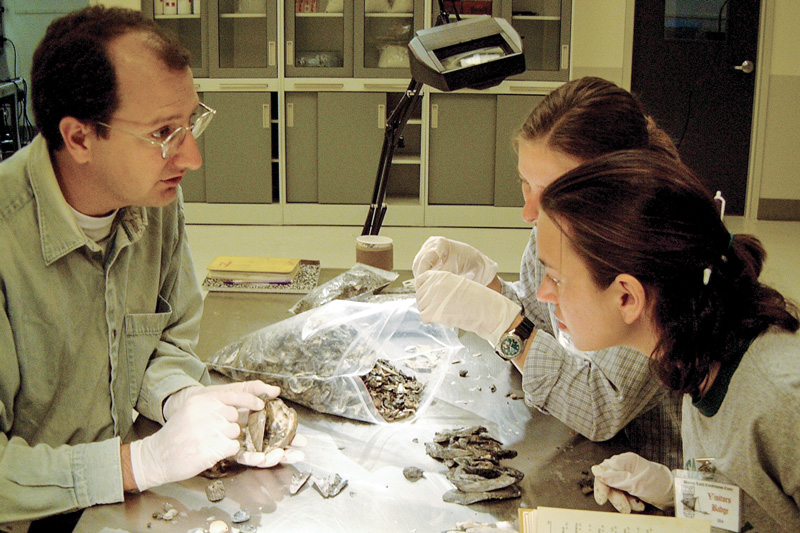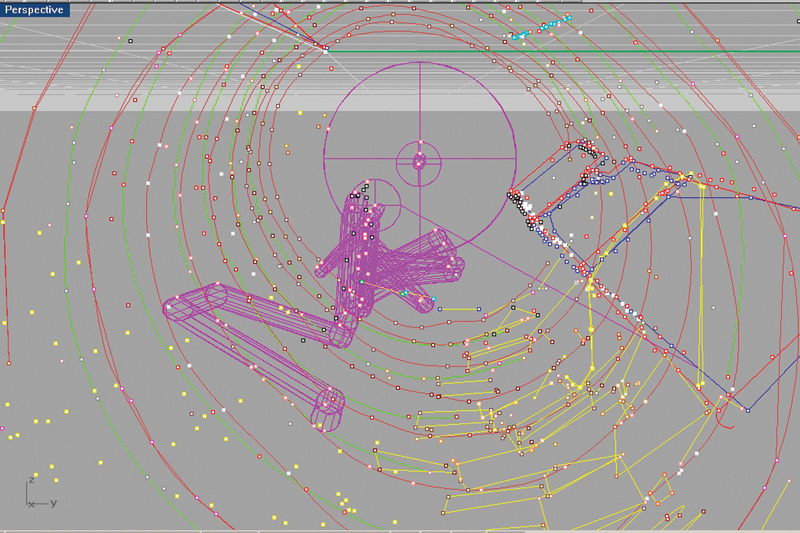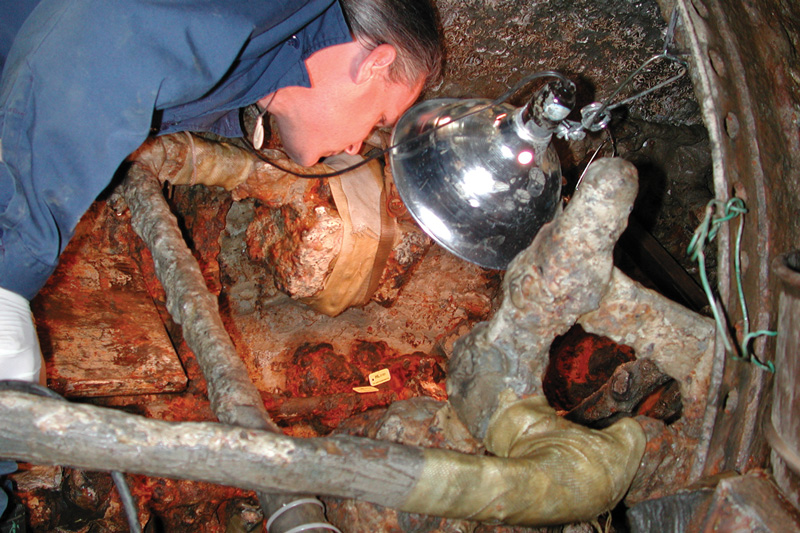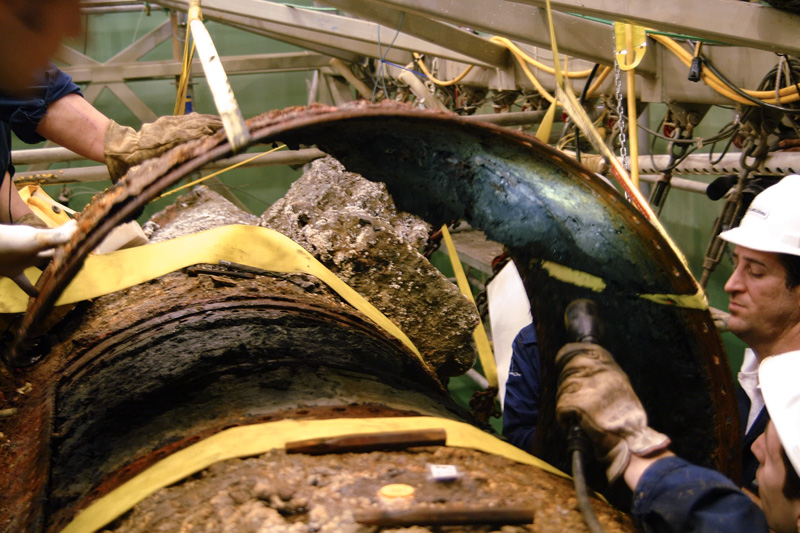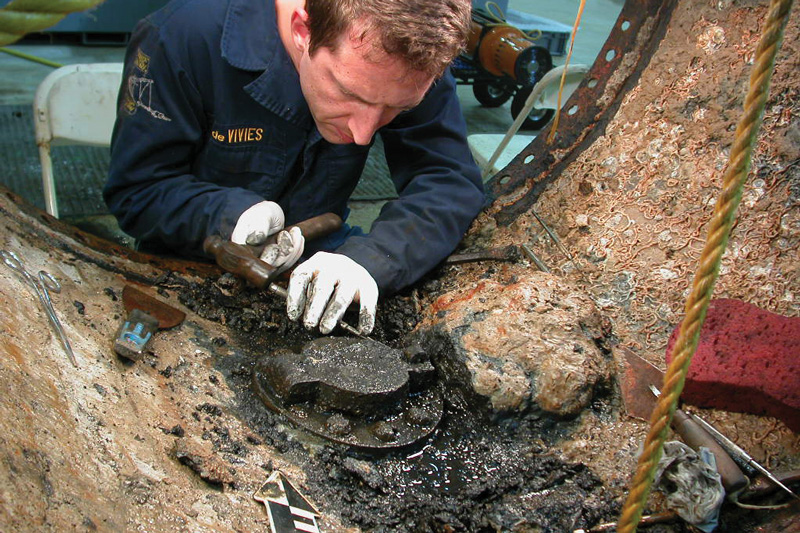The H. L. Hunley is unique in that she was essentially a time capsule, holding all the contents from the night she sank over a century ago. In addition to the interest of holding treasures from our nation’s past, the submarine is also an active archaeological site, where scientists are collecting clues. They hope to use this information to one day discover why the Hunley vanished after becoming the world’s first successful combat submarine.
For these reasons and for the tremendous significance the Hunley has in maritime history, opening the submarine for excavation was not something the archaeological team took lightly. After many months of planning, they came up with a plan to safely excavate the submarine. Scientists initially concentrated on the central compartment of the sub, where they believed the eight-man crew would still be located. Throughout the entire excavation process, the team painstakingly collected the evidence the submarine held to explain why she mysteriously vanished.
Excavating the interior provided a wealth of information about the operation of the vessel and the men who served onboard. Areas of damage and other crucial information were uncovered. Still, even with an extensive list of uncovered evidence, the mystery of the Hunley’s final hours linger. Using all the tools at their disposal, the team continues their investigation to find the truth about what happened to the Hunley and her crew.


